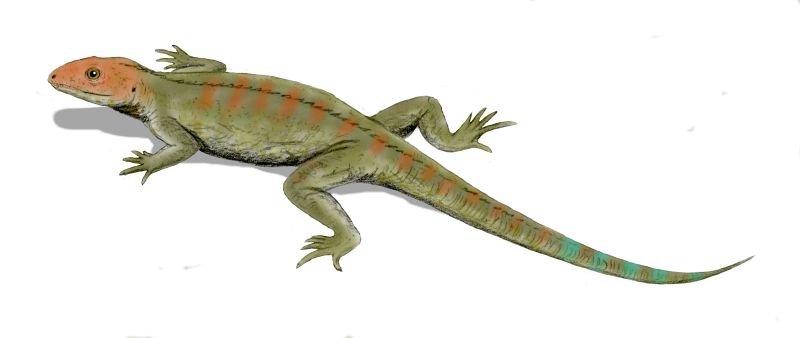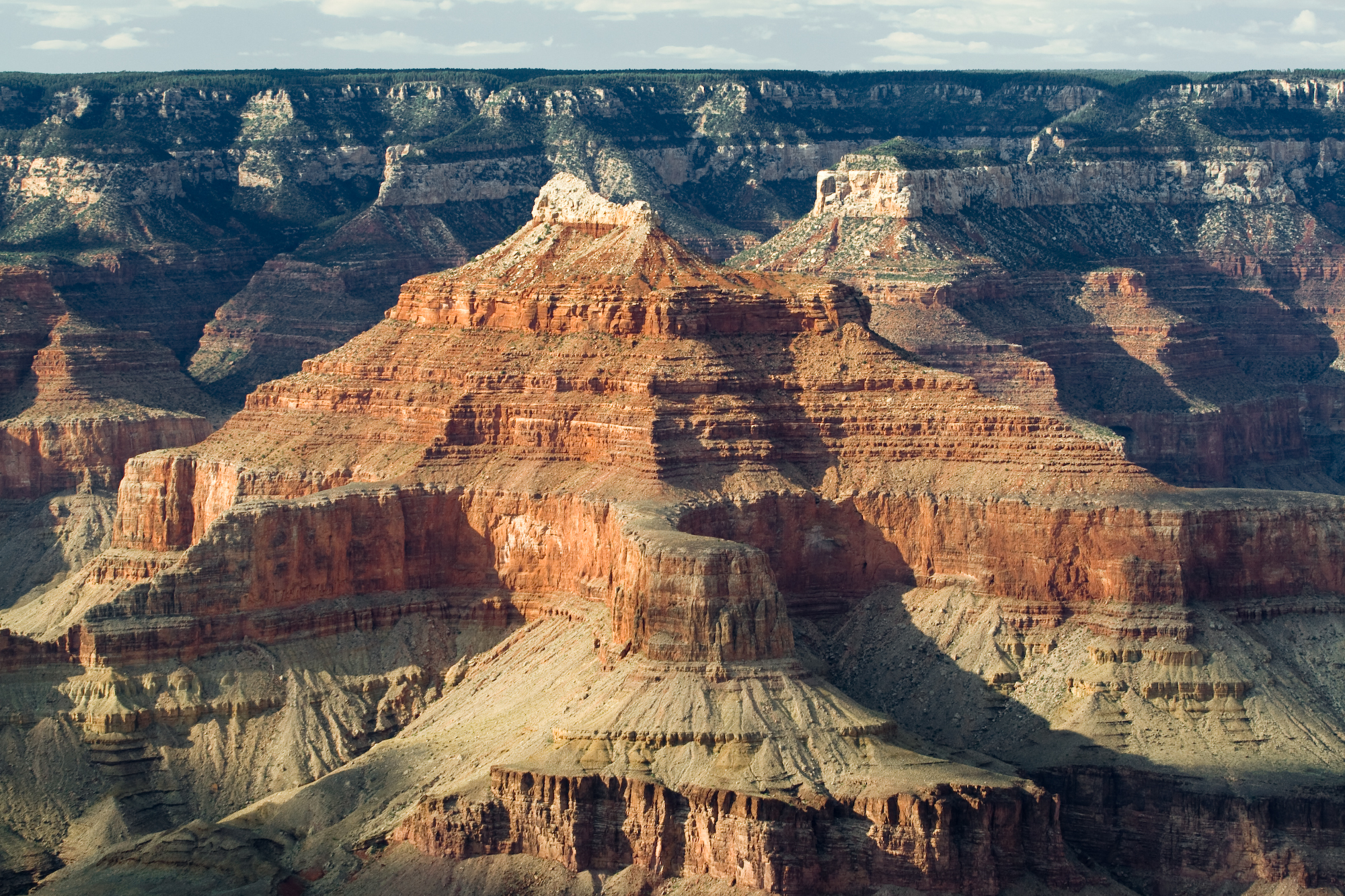|
Tridentichnus
''Tridentichnus'' is an ichnogenus of fossil footprints. The ''Tridentichnus'' trackmaker was a relatively large animal with five toes on its hind feet. They are preserved in the Supai Formation and located in Arizona. The ichnospecies ''Steganoposaurus belli'' are similar footprints preserved in the Tensleep Sandstone of Wyoming Wyoming () is a U.S. state, state in the Mountain states, Mountain West subregion of the Western United States. It is bordered by Montana to the north and northwest, South Dakota and Nebraska to the east, Idaho to the west, Utah to the south .... Footnotes References * Lockley, Martin and Hunt, Adrian. '' Dinosaur Tracks of Western North America''. Columbia University Press. 1999. Vertebrate trace fossils {{trace-fossil-stub ... [...More Info...] [...Related Items...] OR: [Wikipedia] [Google] [Baidu] |
Steganoposaurus Belli
''Steganoposaurus'' is an ichnogenus of fossil reptile footprints. The ichnospecies ''Steganoposaurus belli'', was erected for footprints discovered in Wyoming's Tensleep Sandstone. The find was first reported to the scientific literature by Edward Branson and Maurice Mehl in 1932. This creature was originally presumed to be an amphibian, but the toe prints it left behind were pointed like a reptile's rather than round like an amphibians. The actual trackmaker may have been similar to the genus ''Hylonomus''. The ichnogenus ''Tridentichnus'' are similar footprints preserved in the Supai Formation of Arizona Arizona ( ; nv, Hoozdo Hahoodzo ; ood, Alĭ ṣonak ) is a state in the Southwestern United States. It is the 6th largest and the 14th most populous of the 50 states. Its capital and largest city is Phoenix. Arizona is part of the Fou .... Footnotes References * Lockley, Martin and Hunt, Adrian. '' Dinosaur Tracks of Western North America''. Columbia Universi ... [...More Info...] [...Related Items...] OR: [Wikipedia] [Google] [Baidu] |
Tensleep Sandstone
The Tensleep Sandstone is a geological formation of Pennsylvanian to very early Permian age in Wyoming. The formation is composed of fine- to medium-grained sandstone, light gray and yellowish gray; generally slightly to moderately calcareous; some dolomite and sandy dolomite beds; mostly thick to massive sets of low-angle, wedge-planar crossbeds of dunes. Forms cliffs 61-91m (200-300 feet) thick.Maughan, E.K. 1972. Geologic map of the Wedding of the Waters Quadrangle, Hot Springs County, Wyoming. US Geological Survey Map GQ-1042 Trace fossils In 1932 Edward Branson and Maurice Mehl reported the discovery of a fossil trackway in the formation. A new ichnospecies, ''Steganoposaurus belli'', was erected for these footprints. The tracks were probably made by a web-footed animal slightly less than three feet long. This creature was originally presumed to be an amphibian, but the toe prints it left behind were pointed like a reptile's rather than round like an amphibians. The actu ... [...More Info...] [...Related Items...] OR: [Wikipedia] [Google] [Baidu] |
Paleontology In Wyoming
Paleontology in Wyoming includes research into the prehistoric life of the U.S. state of Wyoming as well as investigations conducted by Wyomingite researchers and institutions into ancient life occurring elsewhere. The fossil record of the US state of Wyoming spans from the Precambrian to recent deposits. Many fossil sites are spread throughout the state. Wyoming is such a spectacular source of fossils that author Marian Murray noted in 1974 that " en today, it is the expected thing that any great museum will send its representatives to Wyoming as often as possible." Murray has also written that nearly every major vertebrate paleontologist in United States history has collected fossils in Wyoming. Wyoming is a major source of dinosaur fossils. Wyoming's dinosaur fossils are curated by museums located all over the planet. During the Precambrian, Wyoming was covered by a shallow sea inhabited by stromatolite-forming bacteria. This sea remained in place during the early Paleozoic era ... [...More Info...] [...Related Items...] OR: [Wikipedia] [Google] [Baidu] |
Ichnogenus
An ichnotaxon (plural ichnotaxa) is "a taxon based on the fossilized work of an organism", i.e. the non-human equivalent of an artifact. ''Ichnotaxa'' comes from the Greek ίχνος, ''ichnos'' meaning ''track'' and ταξις, ''taxis'' meaning ''ordering''.Definition o'ichno'at dictionary.com. Ichnotaxa are names used to identify and distinguish morphologically distinctive ichnofossils, more commonly known as trace fossils. They are assigned genus and species ranks by ichnologists, much like organisms in Linnaean taxonomy. These are known as ichnogenera and ichnospecies, respectively. "Ichnogenus" and "ichnospecies" are commonly abbreviated as "igen." and "isp.". The binomial names of ichnospecies and their genera are to be written in italics. Most researchers classify trace fossils only as far as the ichnogenus rank, based upon trace fossils that resemble each other in morphology but have subtle differences. Some authors have constructed detailed hierarchies up to ichnosupe ... [...More Info...] [...Related Items...] OR: [Wikipedia] [Google] [Baidu] |
Supai Formation
The Supai Group is a slope-forming section of red bed deposits found in the Colorado Plateau. The group was laid down during the Pennsylvanian to Lower Permian. Cliff-forming interbeds of sandstone are noticeable throughout the group. The Supai Group is especially exposed throughout the Grand Canyon in northwest Arizona, as well as local regions of southwest Utah, such as the Virgin River valley region. It occurs in Arizona at Chino Point, Sycamore Canyon, and famously at Sedona as parts of Oak Creek Canyon. In the Sedona region, it is overlain by the Hermit Formation, and the colorful Schnebly Hill Formation. The Supai Group is coeval with the Hermosa Group of east and south Utah; the Hermosa Group extended southeastwards from Utah to Durango, extreme southwest Colorado, and adjacent to the Hermosa type section. The Supai Group was originally designated as the Supai Formation by N.H. Darton in 1910 for exposures at Supai, Arizona. It was first raised to group stratigraphic ra ... [...More Info...] [...Related Items...] OR: [Wikipedia] [Google] [Baidu] |
Paleontology In Arizona
Paleontology in Arizona refers to paleontological research occurring within or conducted by people from the U.S. state of Arizona. The fossil record of Arizona dates to the Precambrian. During the Precambrian, Arizona was home to a shallow sea which was home to jellyfish and stromatolite-forming bacteria. This sea was still in place during the Cambrian period of the Paleozoic era and was home to brachiopods and trilobites, but it withdrew during the Ordovician and Silurian. The sea returned during the Devonian and was home to brachiopods, corals, and fishes. Sea levels began to rise and fall during the Carboniferous, leaving most of the state a richly vegetated coastal plain during the low spells. During the Permian, Arizona was richly vegetated but was submerged by seawater late in the period. During the Triassic, Arizona was home to a rich forest home to dinosaurs and early relatives of mammals. Jurassic Arizona had a drier climate and was covered by sand dunes where dinosaurs le ... [...More Info...] [...Related Items...] OR: [Wikipedia] [Google] [Baidu] |

